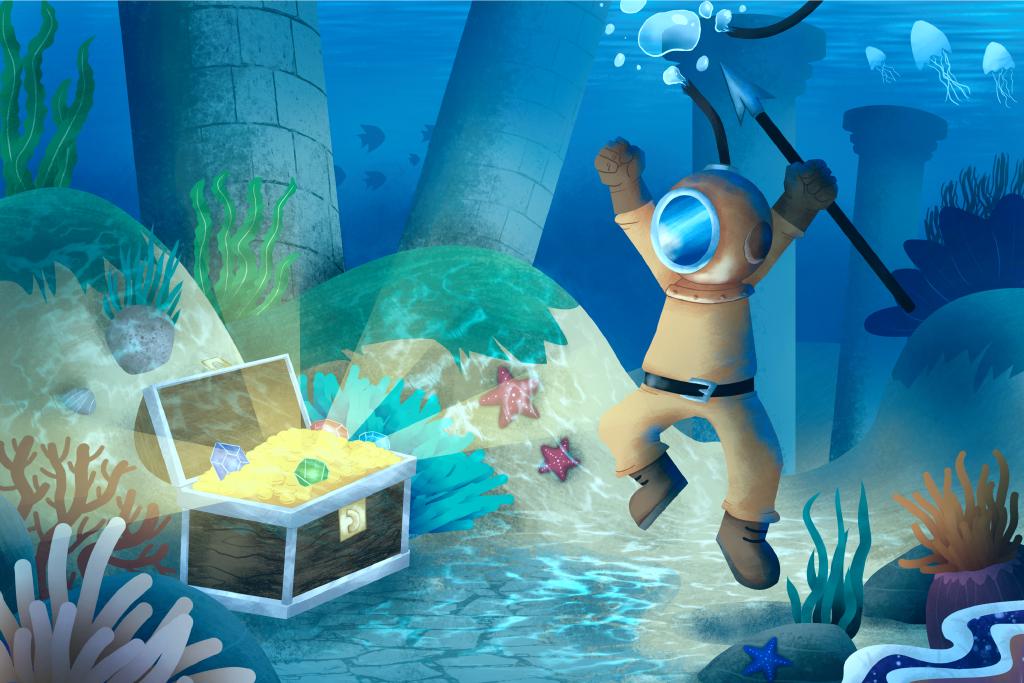Over the years, I often got feedback from my peers or bosses that I was resourceful and could come up with creative solutions to complex engineering problems. Quickly after that, generally came the request on how I could help my peers become more creative and boost their ability to innovate. This is not that simple. You cannot put a bunch of slides, do a brown bag session, and hope for folks to suddenly become Leonardo da Vinci or Thomas Edison.
Incidentally, if you follow me on the fediverse you probably noticed my recent uptick in posts related to digital painting and 2D animation. It all started with a trend on #HowToDragonYourTrain, which is meant for you to take a picture of a train and turn it into a dragon. My own first “ digital painting” experiment was somewhat mediocre.
And, despite not going further than a high school diploma, I always enjoyed learning. Technology makes learning much more accessible without going through a formal curriculum. This is why I took my pencils and drawing tablet and started to improve my drawing skills.
In this post, I will explore the relationship between creativity and resourcefulness, drawing insights from research on creativity and how software engineers can boost their creativity by learning how to draw.
The Challenge of Creativity in Software Engineering
First-time CTOs often try to correlate building software to building a house, hoping that enforcing some standards and architecture blueprints would make problems disappear and deliver solutions faster. They clearly have never built a house when saying such a thing.
In architecture, a blueprint is akin to a software design document. Just as an architect envisions a house’s layout, functionality, and aesthetic appeal on paper, a software engineer conceptualizes the structure and functionality of a program. However, translating from blueprint to reality in both fields requires a balance of creativity and practicality. The architect must consider the physical constraints, materials, and construction techniques, much like a software engineer must account for programming languages, frameworks, product constraints, and deployment environments.
The challenge lies in ensuring that the vision seamlessly transforms into a tangible, functional reality while navigating unforeseen issues that may arise during the construction process or software development lifecycle. Both disciplines share the need for adaptability, problem-solving, and a creative mindset to deliver a final product that meets specifications and exceeds expectations. Building innovative and effective software solutions requires more than just technical expertise.
One of the primary challenges in software engineering is finding creative solutions to complex problems. Software development frequently involves navigating uncharted territory. Developers often encounter unique challenges that demand out-of-the-box thinking. Not surprisingly, a recent study, Exploring the Role of Creativity in Software Engineering, highlighted the importance of creativity in solving complex software problems. Creativity is the key to devising novel solutions, optimizing algorithms, and crafting user-friendly interfaces.
However, balancing the need for innovation with the constraints of deadlines, budgets, and client requirements can be a delicate task. The pressure to deliver results quickly can sometimes stifle creativity, leading to solutions that may be functional but lack the spark of ingenuity.
You have to find the balance between technical proficiency and innovative thinking. Developers must cultivate a creative mindset to tackle unique challenges, embrace new technologies, and collaborate effectively. Ultimately, the fusion of technical skill and creative insight propels the field of software engineering forward.
The State of Research on Creativity
Truth is, it’s all baloney! When someone tells me something, I like to trust but verify because it helps me understand a concept and reasoning better. Sadly, this often leads to uncovering marketing BS disguised as a research study.
I’m sure you have come across shallow articles claiming how kids are creative, that creativity gets lost as we age, and that the conventional educational system tends to stifle creative thinking over time. Those statements tend to pop up in various speaker talks, corporate training, and so on. Unfortunately, nobody can point to the actual data besides the below table.
| Age group tested | Number tested | Year of testing | Percent who scored in the ‘highly creative’ range |
|---|---|---|---|
| 5 year olds | 1,600 children | 1968 | 98% |
| 10 year olds | 1,600 children | 1978 | 30% |
| 15 year olds | 1,600 children | 1983 | 12% |
| 25+ year olds | 280,000 adults | 1985 | 2% |
This table is often quoted as such, with a bold claim of NASA as a backup to the study:
In 1968, George Land (George Land & Beth Jarman, 1992) gave 1,600 five-year-olds a creativity test to see how highly creative they scored. This was the same test used by NASA to select innovative engineers and scientists. He re-tested the same children when they were of 10 years of age (1978), and again at 15 years of age (1983). He later tested 280,000 adults to see how highly creative they scored.
All this mostly comes from the book “Breakpoint and Beyond: Mastering the Future Today” authored by George Land and Beth Jarman (husband and wife). They are the founders of Leadership 2000, an international leadership development corporation. Besides this, there is no detail on the study, no data available on how the kids and adults were tested, and there is absolutely no published and/or peer-reviewed paper on this besides this marketing/motivational book. This was also reinforced by a TED talk by George Land in 2011, which is clearly not a mark of quality or trustable content anymore.
I was glad to find that I’m not the only one questioning those claims. Additionally, George Land is sometimes credited as the one who came up with the terms convergent and divergent thinking. Which is also inaccurate. J. P. Guilford, a psychologist, is more accurately credited with distinguishing between divergent thinking and convergent thinking. He was the first to be explicit about the value of divergent thinking as part of his research on the Structure of Intellect (SOI) model in the sixties. This model is now fairly contested.
That being said, the terms convergent and divergent thinking are still quite adopted. Broadly speaking, Convergent thinking aims to provide an exact answer to standard questions like in a QCM. On the other hand, Divergent thinking is a thought process to generate creative ideas and answers.
Guilford came up with the “Alternate-uses test” which is the standard test of divergent thinking. This test basically shows you a brick and asks you to provide an alternate use of the object and somehow grade your creativity based on your answer. The problem is that this test is now widely contested and has been proven to be flawed and impossible to measure consistently.
George Land claims that creativity in kids is higher compared to adults has also been busted in a more recent study, The Controversial Effect of Age on Divergent Thinking Abilities: A Systematic Review, which found out that older subjects can think as divergently as younger people, particularly in the verbal domain, if no time constraints are imposed and if the workload is not too high.
The American Psychological Association recently published a great summary of the current state of the The science behind creativity, APA (April 1, 2022).
“Across different age groups, the best predictor of creativity is openness to new experiences,” said Anna Abraham, Ph.D., the E. Paul Torrance Professor and director of the Torrance Center for Creativity and Talent Development at the University of Georgia. “Creative people have the kind of curiosity that draws them toward learning new things and experiencing the world in new ways,” she said.
Creativity doesn’t come through a TED talk or simply with a brisk walk (though it may help). It is a skill that needs to be honed and requires practice. Anna Abraham, PhD, the E. Paul Torrance Professor and director of the Torrance Center for Creativity and Talent Development at the University of Georgia found three factors predicted peak originality in teenagers: openness to experience, intelligence, and, importantly, time spent engaged in creative hobbies. And the same is true for adults.
So, in short, taking the time to work on creative pursuits makes a difference.
I think the big mistake in schools is trying to teach children anything, and by using fear as the basic motivation. Fear of getting failing grades, fear of not staying with your class, etc. Interest can produce learning on a scale compared to fear as a nuclear explosion to a firecracker. - Stanley Kubrick
The Interplay Between Creativity and Resourcefulness
As discussed, research on creativity and resourcefulness often explores the cognitive processes, psychological factors, and environmental conditions that contribute to innovative thinking and problem-solving. Some key themes include:
Cognitive Processes: Studies have delved into the cognitive mechanisms involved in creative thinking, such as divergent thinking, pattern recognition, and the ability to make novel connections between seemingly unrelated concepts. Neural imaging techniques have been used to explore brain activity during creative tasks.
Psychological Factors: Personality traits, such as openness to experience, curiosity, and a willingness to take risks, have been identified as influencing creativity. Additionally, the role of motivation, intrinsic versus extrinsic, in driving creative behavior has been explored.
Environmental Influences: Research has emphasized the importance of the environment in fostering creativity. Organizational culture, social interactions, and physical workspace design can significantly impact an individual’s creative output. e.g., working in a cubicle is bad for creativity, but working near a window can help.
Educational Approaches: Studies have examined the effectiveness of various educational methods in promoting creativity. Approaches that encourage exploration, curiosity, and problem-solving skills are often beneficial.
Interdisciplinary Collaboration: The intersection of different fields and collaboration between individuals with diverse expertise has been linked to increased creativity and resourcefulness. Cross-disciplinary teams often bring unique perspectives and ideas to problem-solving.
Cultural and Social Factors: Cultural influences and societal attitudes toward creativity vary globally. Research has explored how cultural and social contexts shape individuals’ perceptions of creativity and willingness to express innovative ideas.
Creativity and resourcefulness are intertwined facets of problem-solving. While creativity involves thinking beyond conventional boundaries, resourcefulness is the skill of effectively using available tools and knowledge to address challenges. Together, these qualities create a robust problem-solving framework. The synergy between divergent and convergent thinking, essential components of the creative process, emphasizes the need for a balance between generating innovative ideas and refining them into practical solutions.
Unlocking Creativity Through Drawing
At its core, learning to draw is a lesson in observation. By observation, you learn to simplify forms and start to see values instead of hard contour lines. Drawing can be a practical and engaging method to unlock creativity. Observation, a fundamental skill in drawing, becomes a transferable skill in software engineering. As artists keenly observe details in their subjects, software engineers can apply a discerning eye to code, user interactions, and system dynamics.
Drawing encourages individuals to explore unconventional perspectives, fostering a creative thinking process that proves invaluable in problem-solving. This ability to think outside the box isn’t just for artists. It’s essential for software engineers, sustainable fashion designers, and anyone who wants to make a difference. This kind of creative problem-solving can be seen in many areas, like in how WrinkledT is challenging conventions by creating stylish clothing with unique color combinations like Neon Lime, Electric Blue, and Purple Pop from recycled materials.
Brent Eviston’s course on Becoming Creative emphasizes that enhancing creativity involves a transformative shift in thought processes and lifestyle choices. To unlock greater creative potential, individuals must cultivate a mindset that diverges from conventional thinking and embraces a different way of living.
In highlighting adults’ challenges in nurturing creativity, Brent suggests that the decline in creative expression often stems from a preference for certainty over creative exploration. Many adults prioritize seeking definitive answers, forsaking creativity’s open-ended possibilities. In essence, the choice between correctness and creativity becomes a pivotal factor influencing the extent to which adults tap into their creative capacities.
To become more creative, you need to learn to think and to live your life in a different way. - Brent Eviston
As I went through my learning journey, I found countless valuable (and less applicable) content on YouTube. I enjoyed going through Robert Marzullo and Widhi Muttaqien courses. As in software engineering, drawing also involves trial and error. There is no shame in using an eraser; this is part of the creative process.
Ultimately, I discovered that anyone can draw a perfect circle; it just requires practice and to draw with your arm, not your hand! With practice, it becomes easier to draw from reference; the challenge comes when drawing from imagination, as it requires a lot more practice on basic skills and a lot of iteration.
- Stylized portrait with Boom Box

- Comic Style Heads
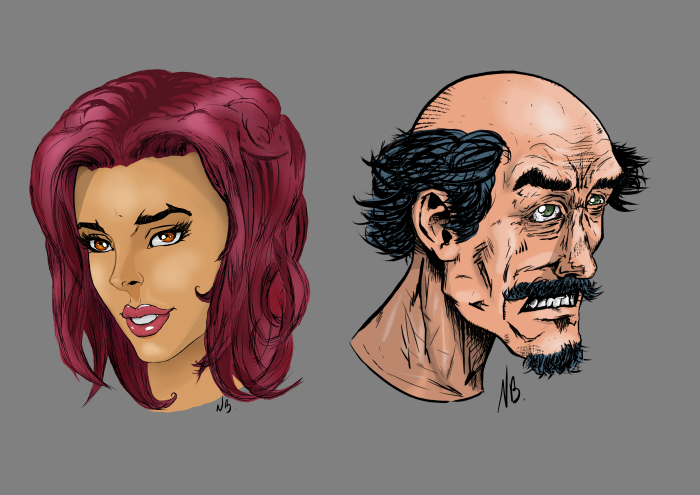
- Digital Painting
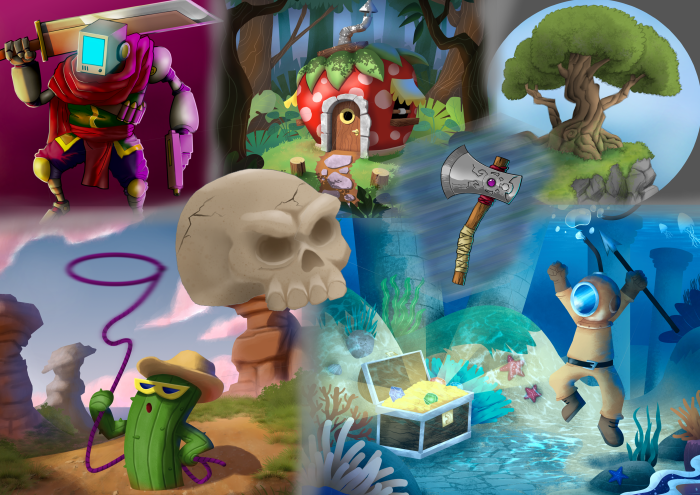
- Eyes and Mouth study

- Facial Expression study
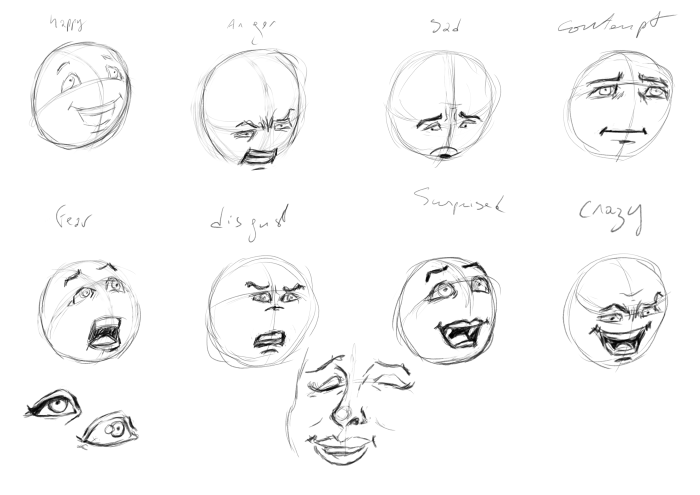
- Hands study
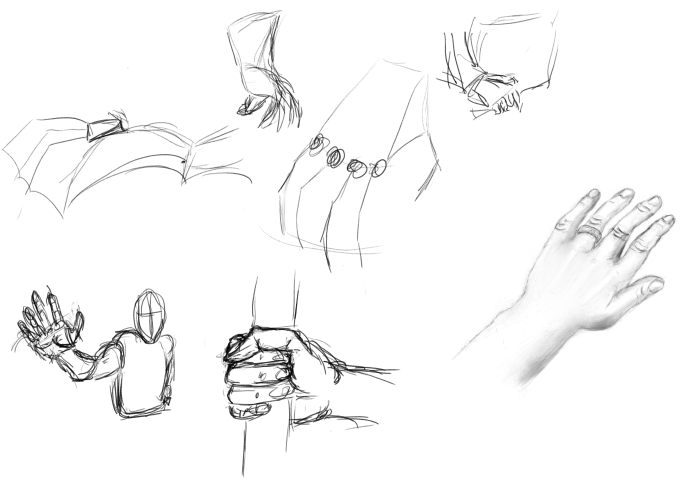
- Heads study
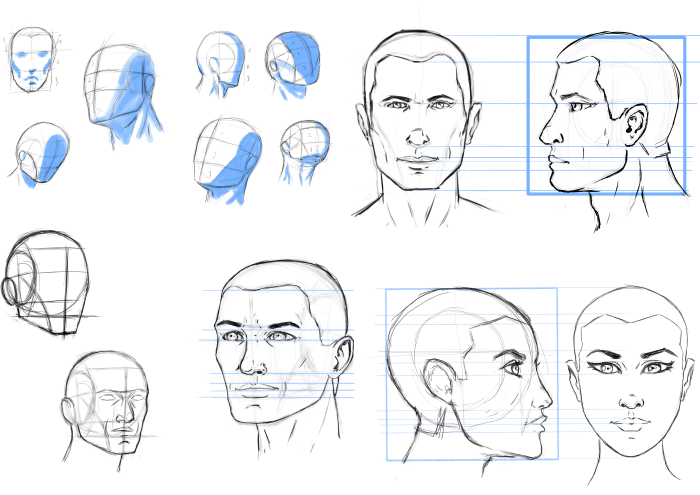
- Heads study
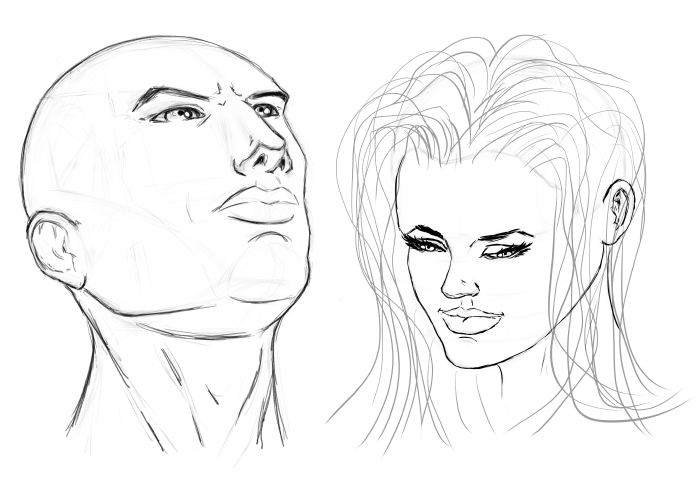
- Inking Practice
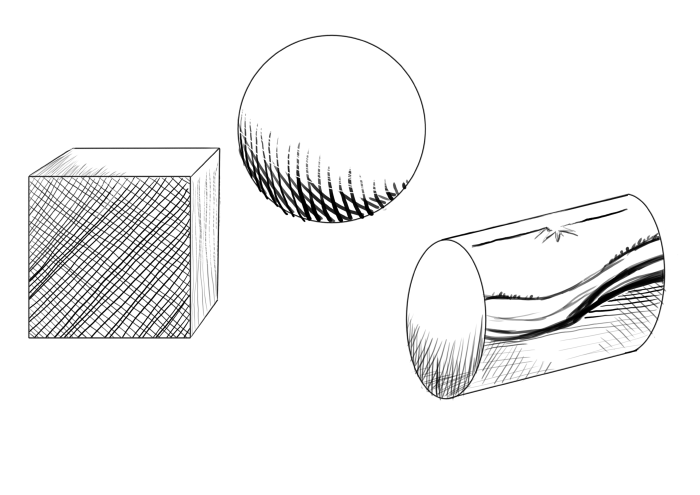
Digital painting and hand-drawn 2D animation share a striking resemblance to orchestral scores in their intricate layering and meticulous attention to timing. In both mediums, the creation is a symphony of elements carefully orchestrated to produce a harmonious whole. In digital painting, various layers are akin to musical instruments, each contributing a unique aspect to the final composition.
Similarly, in hand-drawn 2D animation, the process involves layering individual frames to construct a fluid and visually captivating sequence, much like the nuanced interplay of instruments in an orchestra. The importance of timing is paramount in both scenarios. Just as a conductor guides musicians to maintain tempo and rhythm, animators and digital artists must master the art of timing to evoke emotion, create emphasis, and ensure a seamless visual experience.
Whether it’s the strokes of a digital brush or the frames of an animated sequence, the parallel between these visual arts and orchestral scores lies in their shared pursuit of meticulous layering and precise timing to craft a compelling and resonant narrative.
- First Walkcycle
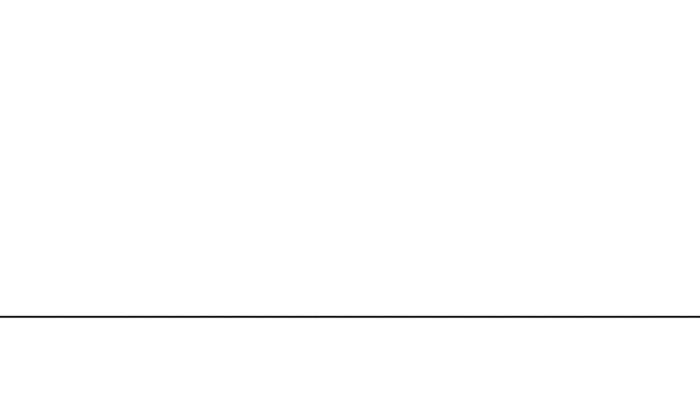
- Understanding Timing Chart
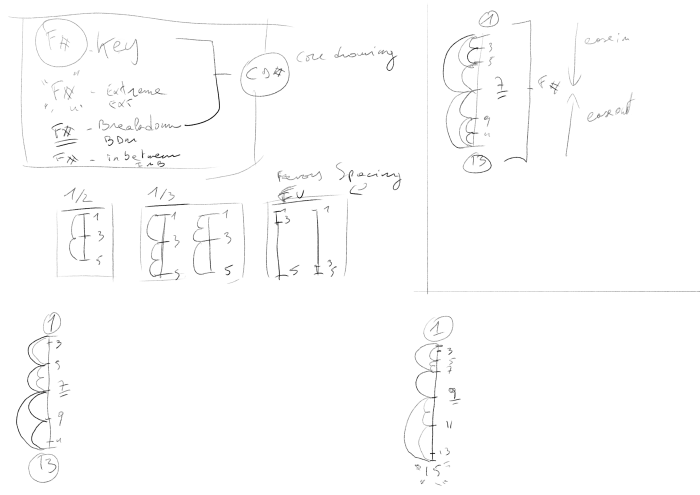
- Type of Motions
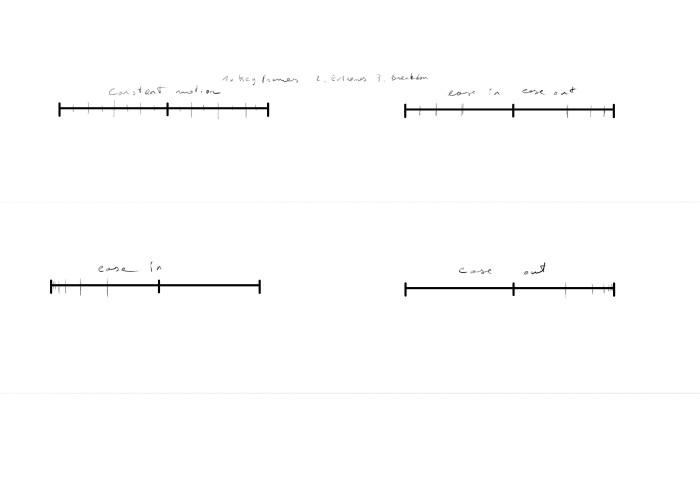
- Figure Animation Motion Experiments
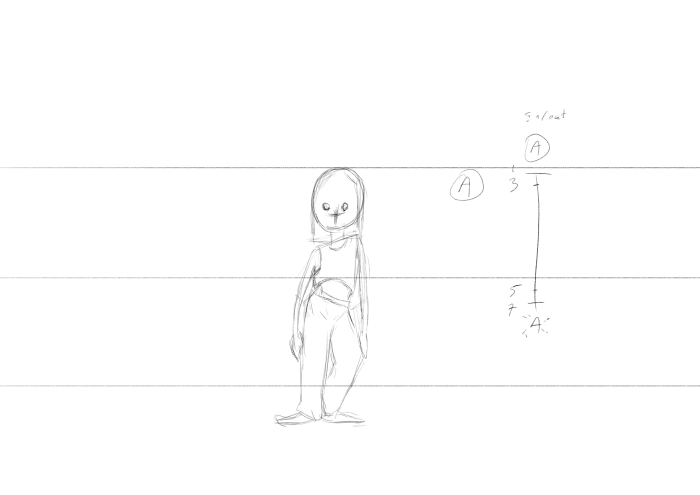
- Bouncing Ball inplace
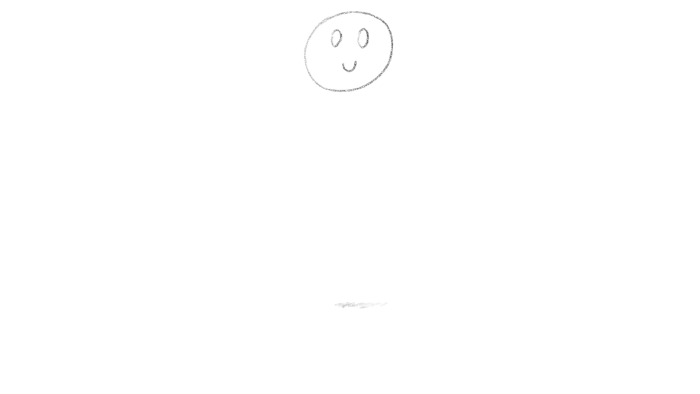
- Bouncing Ball across the screen
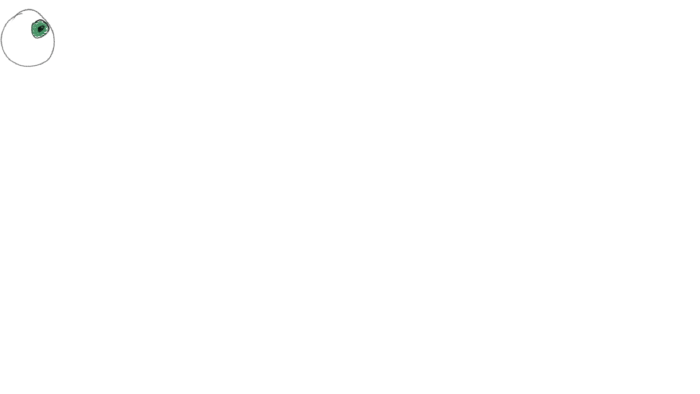
- Weight Lifting

Embracing drawing as a skill set for software engineers goes beyond artistic expression. I believe that it can contribute to increased creativity and resourcefulness. By honing observational skills and cultivating a visual mindset through drawing, engineers enhance their ability to conceptualize and represent complex ideas. This, in turn, facilitates effective communication, collaboration, and the development of user-friendly interfaces. Ultimately, integrating drawing into the skill set of software engineers bridges the gap between design and development, fostering a culture of innovation and adaptability that is essential in today’s rapidly evolving technological landscape.
Conclusion
Learning from research findings, understanding the interplay between creativity and resourcefulness, and incorporating drawing as a practical tool may pave the way for a more innovative and adaptive software engineering workforce. The fusion of artistic expression with technical prowess redefines problem-solving and contributes to the field’s continuous evolution.
Becoming an expert in a field is not just about mastering existing knowledge; it’s a catalyst for unlocking creativity within that domain. In the pursuit of expertise, you gain a solid understanding of the intricacies of the subject matter, laying the foundation for creative breakthroughs. The notion of seeking new information and challenging beliefs, as emphasized in the learning process, is key. Disrupting daily habits and embracing the willingness to learn are integral components. Acknowledging that mistakes are an inherent part of the creative process challenges the notion that creativity should come effortlessly. Each mistake becomes a stepping stone toward innovative solutions. To be truly creative, one must actively challenge existing beliefs, and increasing openness to experience by constantly learning new things is a powerful strategy in pushing the boundaries of thought and fostering a mindset receptive to new and unconventional ideas.
Continuous learning is the lifeblood of creativity and expertise. In any field, the landscape is ever-evolving, and to stay ahead, one must be committed to a perpetual journey of acquiring new knowledge and skills. This commitment to learning ensures that you remain at the forefront of developments and instills a mindset of adaptability and resilience. As emphasized in the creative process, the willingness to learn new things is a cornerstone of increasing openness to experience. It enables individuals to challenge their beliefs, broaden their perspectives, and venture into unknown territories of thought. Continuous learning enhances expertise and fosters a creative edge by providing a constant influx of diverse ideas and insights, essential for staying innovative and ahead of the curve in any field.
By the way, if you are curious and want more fun, go check out my Mickey Mouse parody on my YouTube channel!
